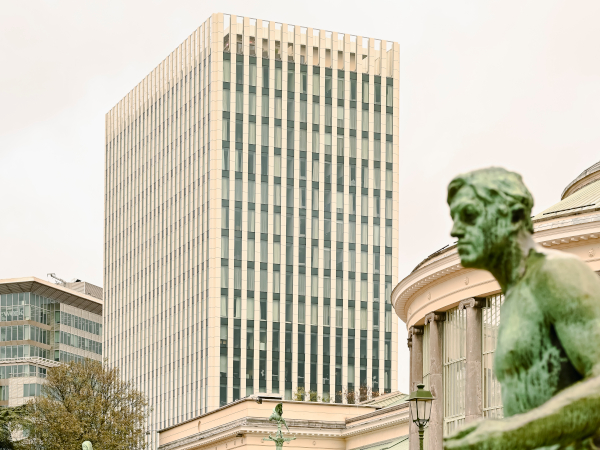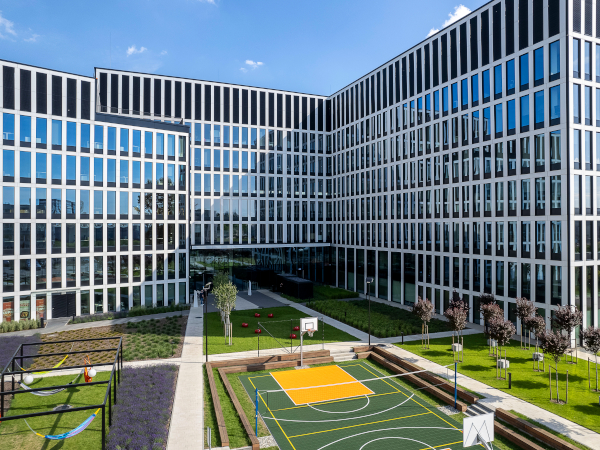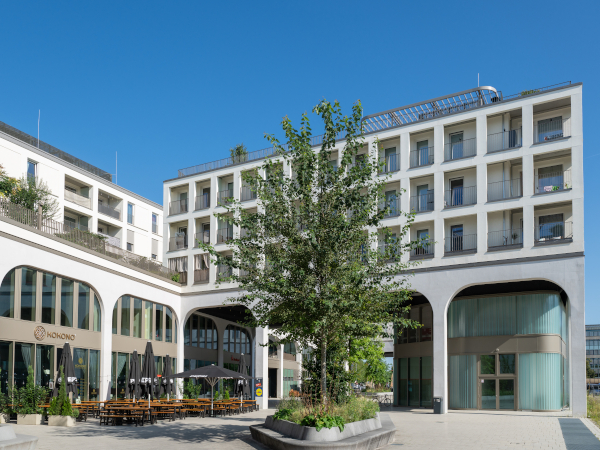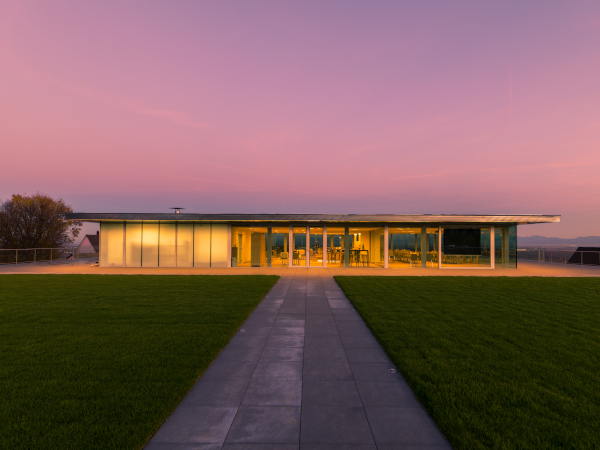Date: 3 January 2007
The massive U-shaped steel structure now sits 20 feet from the cliff's edge. It will take up to 18 hours to ease the million-pound, horseshoe-shaped walkway into place, said Mark Johnson, Skywalk's architect.
Skywalk, located at Grand Canyon West, will allow visitors to peer 4,000 feet straight down through the floor to the canyon's bottom. The attraction is part of the Hualapai tribe's effort to become a tourist destination. Going on the Skywalk will be a $25 add-on to all Grand Canyon West tour packages. The cost is included in some of the premium tour options.
"This will feed our tribe," said Robert Bravo, a member of the Hualapai tribe and part of Grand Canyon West. "This will support our children."
Visitors to the reservation, which is about a three-hour drive from Las Vegas, must take a 14-mile, winding, unpaved desert road. Grand Canyon West now relies on generator power, must truck in all water and has limited phone services.
While other Arizona tribes rely on gaming income, the Hualapai, a tribe of about 1,500, were not successful in this venture. Most of the 250,000 visitors to Grand Canyon West each year come from Las Vegas, where they are able to take care of all their gambling needs.
The few slot machines that once sat in the Hualapai Reservation's airport were no match for the nearby natural beauty of the Grand Canyon.
Las Vegas businessman David Jin, founder of Grand Canyon Skywalk Development, came up with the idea of the Skywalk nearly a decade ago. Jin and the Hualapai have worked jointly over the past several years to refine the design of the structure, Johnson said.
Bravo said tribal members consulted with their elders before proceeding with the Skywalk plan.
"We're creating a new way of looking at something," Johnson said, "where you feel like you're almost floating."
Original drawings called for a glass structure with a wisp of steel supporting the bridge, but engineering realities forced the base to become thicker.
The base of the bridge is made up of two, 5-foot-tall U-shaped steel walls, made by Mark Steel, a Salt Lake City firm. A series of support beams connects the inner and outer walls of the bridge, leaving many open areas for visitors to look down through.
"This is the most exciting thing we've ever done as far as I'm concerned," said Fred Elmen, director of projects for Mark Steel.
The company shipped the 40- to 60-foot-long steel segments to the site, on the Hualapai reservation, which covers about 1 million acres. Another company welded the pieces into the massive horse-shoe-shape that will become Skywalk.
Once in place, the bridge will have no visible means of support; it will appear to emerge from the cliff. But only half of the structure's total mass will be visible, Johnson said.
Read the entire news on this source link:
http://www.scrippsnews.com/node/18110
See photos on this link:
http://www.thegreenhead.com/watercooler/2005/08/glass-bottomed-grand-canyon-skywalk.php
Video of the Grand Canyon Skywalk construction









Add new comment